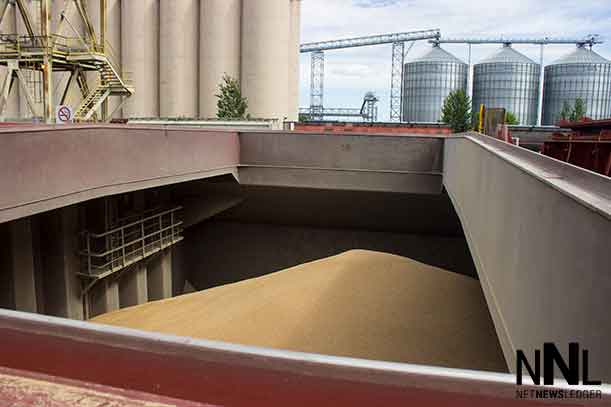- Decades-high inflation underpinned by war in Ukraine and enduring COVID policies
- China will look to favour growth as COVID policies create ongoing waves
- Central banks may tolerate slow growth in fight to tame inflation
TORONTO – BUSINESS – Mackenzie Investments (“Mackenzie”) today released its 2022 Mid-Year Outlook. The report offers insights for investors and financial advisors on trends that have shaped Canadian and global markets so far in 2022 and that are expected to continue to do so through the second half of the year.
“What we’re seeing is an intricately connected global economy experiencing sustained inflationary pressures from major events,” states Steven Locke, CIO of Fixed Income and Multi-Asset, Mackenzie Investments. “Fortunately, strength in the North American economies and labour markets somewhat insulates us from the direct economic shocks resulting from the war in Ukraine, leaving Canada with a greater potential to avoid recession – but leaving our central bank in the delicate position of balancing higher interest rates and slower growth.”
With the war in Ukraine disrupting commodity markets and COVID-19 continuing to apply pressure on supply chains, the report noted that growth was slower than anticipated early in the first half of the year as central banks began the process of strategically raising interest rates in an effort to fight inflation.
“We began the year with a cautious optimism while understanding that there was still a long road ahead for the global economic recovery in the wake of the pandemic,” says Lesley Marks, CIO of Equities, Mackenzie Investments. “As much of the world has tried to resume some sense of normalcy, global conflicts, persisting COVID-19 measures and the anticipation of higher interest rates have continued to apply pressure to supply chains around the world, resulting in high inflation and volatility in equity and bond markets.”
The report identified three key themes that have dominated capital markets in the first half of the year and are expected to continue to do so through 2022:
Inflation was stronger than expected during the first half of the year, with the war in Ukraine playing a significant role, causing lasting supply chain impacts for many commodities. Sanctions on Russia, curtailed energy exports from Russiato Europe and major interruption on the supply of globally important exporting regions, together with COVID-19 policies continuing to affect supply chains, have all contributed to sustained elevated pricing.
Borrowing costs have climbed in response to anticipated rate hikes from the Federal Reserve, and wage gains have failed to keep pace with inflation.
Increasingly, central banks will continue to take aim at inflation with tightening monetary policy, while trying to avoid the possibility of stagflation in the year ahead. Mackenzie believes that, while inflation has been hard on growth-oriented markets, rising commodity prices could provide a boost to producer-oriented countries, such as Canada, supporting relative outperformance in Canadian equities.
While Mackenzie expected that China would see renewed growth in 2022, COVID-19 continues to represent a significant headwind. As China’s ‘dynamic zero COVID policy’ has resulted in more lockdowns in economic hubs, ripple effects are being felt in already strained global supply chains, which link China to many of the world’s economies.
China remains committed to supporting a lofty 5.5 per cent growth target with supportive monetary and fiscal policies but substantial COVID policies will continue to pose a challenging economic climate, and a misstep by the country could reverberate globally.
The report notes that a stable, sustainable growth path for China will be beneficial for the world, and that the slowdown in Chinese GDP growth will bottom this year, leaving China in a position to provide a positive boost to global growth.
Central banks, including the Bank of Canada and the Federal Reserve, were slow to raise rates as they viewed inflation as transitory. With lasting pressures, central banks will prioritize taming inflation over economic growth for the remainder of 2022.
Mackenzie believes that tighter financial conditions and hawkish central banks will likely result in a choppy investment environment in the second half of the year as the market redirects its focus away from inflation and towards slower growth. As central banks play catchup in the fight against inflation, investors may be underestimating how high policy rates may rise.







